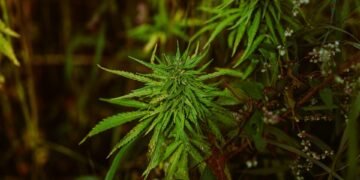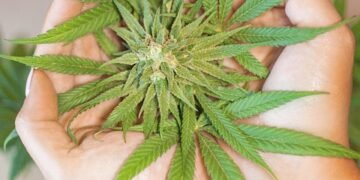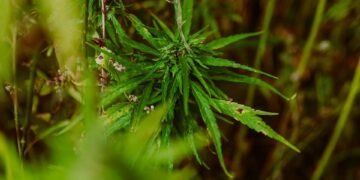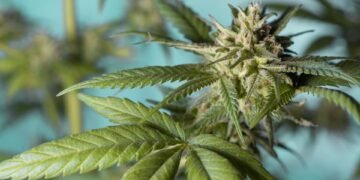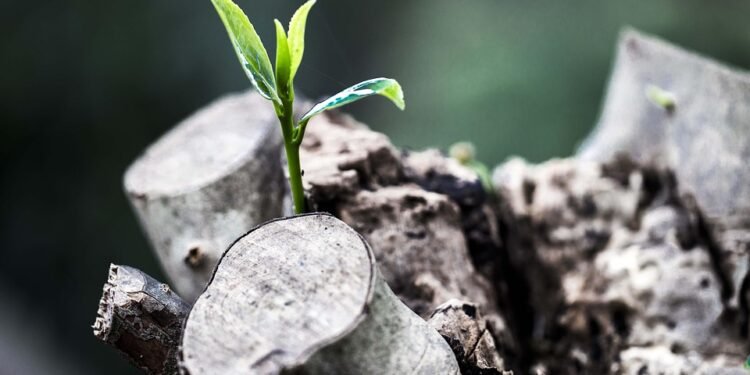Blooming Success: Navigating the Growth Cycles of Cannabis
As the cannabis industry continues to flourish, many entrepreneurs are eager to capitalize on the booming market. However, like any business, success in the cannabis industry requires a thorough understanding of the growth cycles that govern the cultivation and distribution of this versatile plant. In this article, we will explore the key stages of cannabis growth, from seed to harvest, and provide valuable insights on how to navigate these cycles for optimal success.
Understanding the Cannabis Growth Cycle
Before diving into the specifics of each growth stage, it is essential to have a basic understanding of the cannabis plant’s life cycle. Cannabis is an annual plant that goes through distinct phases of growth, each with its unique requirements and challenges. The main stages of the cannabis growth cycle are germination, seedling, vegetative, flowering, and harvest.
Germination
The germination stage is the first step in the cannabis growth cycle. During this phase, the seed absorbs water and nutrients, causing it to swell and crack open. A small taproot emerges from the seed, signaling the beginning of the plant’s growth. Germination typically takes 1-7 days, depending on the strain and growing conditions.
Seedling
Once the seed has sprouted, it enters the seedling stage. At this point, the plant will develop its first set of true leaves and begin to establish a root system. Seedlings are delicate and require careful attention to light, temperature, and humidity levels to ensure healthy growth. This stage usually lasts 2-3 weeks.
Vegetative
After the seedling stage, the plant enters the vegetative phase, where it focuses on leaf and stem growth. During this stage, cannabis plants require ample light, nutrients, and water to support vigorous growth. The vegetative stage can last anywhere from 2-8 weeks, depending on the desired size of the plant.
Flowering
Once the plant has reached the desired size, it will transition into the flowering stage. During this phase, the plant shifts its energy towards producing flowers, which contain the valuable cannabinoids and terpenes that cannabis is known for. Flowering typically lasts 6-12 weeks, depending on the strain and growing conditions.
Harvest
The final stage of the cannabis growth cycle is harvest. This is when the plant is ready to be harvested, dried, cured, and ultimately consumed or processed into various cannabis products. Harvest timing is crucial, as it can significantly impact the potency and quality of the final product.
Navigating the Challenges of Cannabis Growth
While the cannabis growth cycle may seem straightforward, there are several challenges that growers may encounter along the way. These challenges can range from pests and diseases to environmental factors and nutrient deficiencies. By being aware of these potential obstacles and taking proactive measures to address them, growers can ensure a successful harvest.
Pest and Disease Management
One of the most common challenges faced by cannabis growers is pest and disease infestations. Pests such as spider mites, aphids, and whiteflies can wreak havoc on cannabis plants, leading to stunted growth and reduced yields. Likewise, diseases like powdery mildew and botrytis can quickly spread throughout a grow room, causing significant damage.
To combat pests and diseases, growers should implement integrated pest management strategies, which may include the use of beneficial insects, organic pesticides, and proper sanitation practices. Regular monitoring of plants for signs of infestation is also crucial to catch potential issues early and prevent them from spreading.
Environmental Factors
Environmental factors such as temperature, humidity, and light intensity can also impact cannabis growth. High temperatures can stress plants and inhibit growth, while low humidity levels can lead to leaf curling and nutrient deficiencies. Similarly, inadequate or excessive light can affect photosynthesis and overall plant health.
To optimize growing conditions, growers should invest in quality environmental control systems, such as HVAC units, dehumidifiers, and grow lights. Monitoring and adjusting these factors regularly can help maintain optimal conditions for cannabis growth and prevent potential problems from arising.
Nutrient Deficiencies
Nutrient deficiencies are another common issue that growers may encounter during the cannabis growth cycle. Cannabis plants require a balanced diet of essential nutrients, including nitrogen, phosphorus, potassium, calcium, and magnesium, to thrive. Deficiencies in any of these nutrients can manifest as yellowing leaves, stunted growth, and poor flower development.
To prevent nutrient deficiencies, growers should use high-quality fertilizers specifically formulated for cannabis cultivation. Regular soil testing and nutrient monitoring can also help identify deficiencies early and allow for timely corrective measures. Additionally, maintaining proper pH levels in the growing medium is essential for nutrient uptake and overall plant health.
Optimizing Cannabis Growth for Maximum Yield
Now that we have discussed the key stages of the cannabis growth cycle and common challenges that growers may face, let’s explore some tips for optimizing cannabis growth for maximum yield and quality.
Selecting the Right Strain
Choosing the right strain for your growing environment and desired outcomes is essential for a successful harvest. Some strains are better suited for indoor grow operations, while others thrive in outdoor settings. Additionally, certain strains may have specific growth requirements, such as temperature and humidity levels, that need to be met for optimal growth.
Before selecting a strain, consider factors such as flowering time, cannabinoid content, and yield potential. Researching different strains and their characteristics can help you make an informed decision and set yourself up for success in the cultivation process.
Providing Adequate Light and Nutrients
Light and nutrients are essential for cannabis growth and development. Providing plants with adequate light intensity and spectrum can promote healthy photosynthesis and maximize flower production. Similarly, ensuring plants receive the right balance of nutrients throughout the growth cycle is crucial for optimal growth and yield.
Investing in high-quality grow lights, such as LED or HID fixtures, can help provide plants with the necessary light energy for robust growth. Additionally, using a balanced fertilizer regimen that contains all essential nutrients in the correct ratios can help prevent deficiencies and promote healthy plant development.
Maintaining Proper Environmental Conditions
Creating and maintaining optimal environmental conditions is key to successful cannabis cultivation. Temperature, humidity, and airflow all play a critical role in plant health and growth. Monitoring and adjusting these factors regularly can help prevent stress and ensure plants have everything they need to thrive.
Using environmental control systems, such as fans, dehumidifiers, and air conditioning units, can help regulate temperature and humidity levels in the grow room. Proper ventilation and air circulation can also prevent mold and mildew growth, which can be detrimental to plant health and yield.
Conclusion
Successfully navigating the growth cycles of cannabis requires a combination of knowledge, experience, and dedication. By understanding the key stages of the cannabis growth cycle, being aware of common challenges, and implementing best practices for cultivation, growers can maximize their yield and produce high-quality cannabis products.
Whether you are a seasoned cultivator or a first-time grower, the tips and insights shared in this article can help you navigate the complexities of cannabis growth and achieve blooming success in your cultivation endeavors.
Remember to stay informed, stay vigilant, and always strive for continuous improvement in your cannabis cultivation practices. With dedication and perseverance, you can navigate the growth cycles of cannabis with confidence and achieve the success you desire in this rapidly evolving industry.





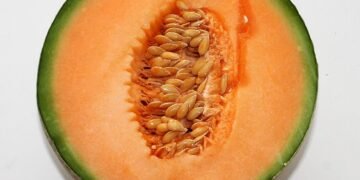







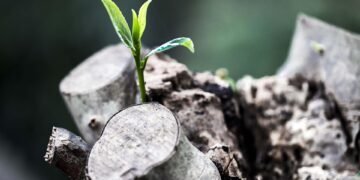




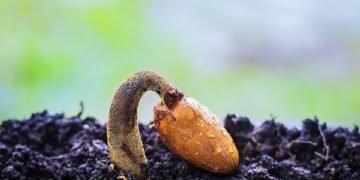

![The Mind-Blowing Effects of [Cannabis Strain]](https://cannabisdailyguide.com/wp-content/uploads/2025/10/tree-4138799_960_720-360x180.jpg)









